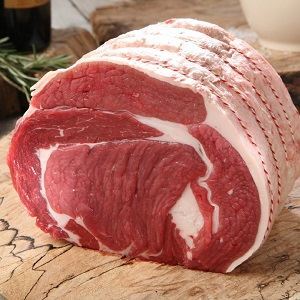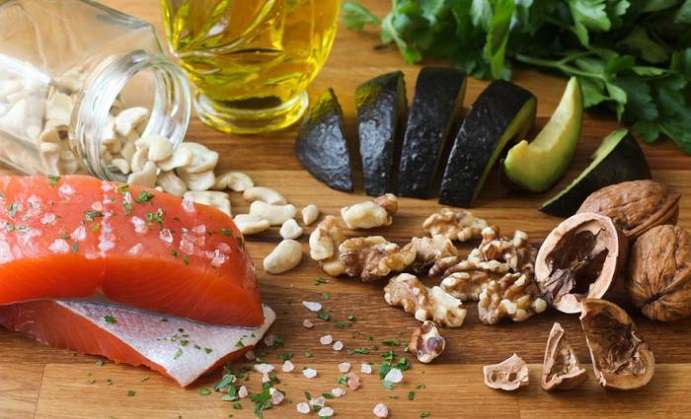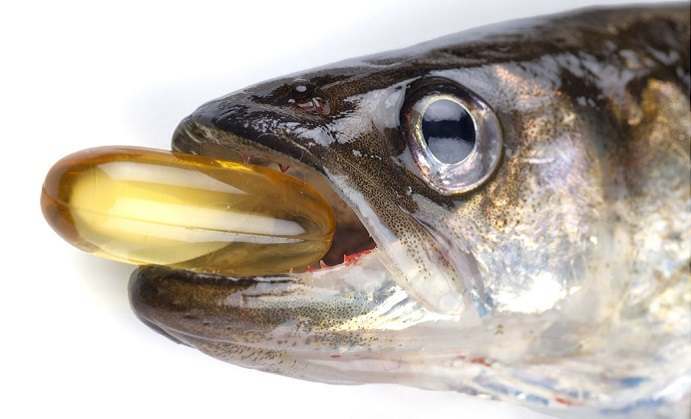A diet rich in Omega-3 fatty acids offers numerous benefits to health. However, Omega-6 fatty acids can affect the absorption of Omega-3 in the body. Hence, it is important to ensure that Omega-6 is taken only in moderation so that the human body gets the complete health benefits of Omega-3 fatty acids. It is best to take Omega-3 and Omega-6 in the ratio of three is to one, to achieve optimal benefits. There are many animal sources of Omega-3 fatty acids and Omega-6 fatty acids.
 Cows that feed on grains produce Omega-6 and Omega-3 in the ratio twenty-to-one. When you eat grain-fed beef, you consume excessive Omega-6 fatty acids, which is not good for the body as it can interfere with the effective absorption of Omega-3 fatty acids. On the other hand, animals that feed on grass produce Omega-3 and Omega-6 in the ratio three-to-one. So if you eat grass-fed beef you will consume Omega-3 and Omega-6 in a healthy, absorbable quantity.
Cows that feed on grains produce Omega-6 and Omega-3 in the ratio twenty-to-one. When you eat grain-fed beef, you consume excessive Omega-6 fatty acids, which is not good for the body as it can interfere with the effective absorption of Omega-3 fatty acids. On the other hand, animals that feed on grass produce Omega-3 and Omega-6 in the ratio three-to-one. So if you eat grass-fed beef you will consume Omega-3 and Omega-6 in a healthy, absorbable quantity.
Additionally, one can consume Omega-3 fatty acids in the form of flaxseeds, walnuts, soybeans and other vegetarian sources, which has high levels of Omega-3.
Various clinical studies show that Omega-6 is more prevalent in the diet today than Omega-3, which is not a good trend. Consumption of Omega-6 and Omega-3 fatty acids twenty-five-to-one is a huge concern. We need to increase the level of Omega-3 and reduce the level of Omega-6. This concern needs to be addressed right from the source where these fatty acids are derived. This can easily be implemented by changing the diet of animals that produce these fatty acids.
 A substantial amount of Omega-3 is found in free-range chickens because they feed on dried fruits, insects, grass and nuts and they do not feed on grains. The ratio of Omega-3 and Omega-6 in the eggs produced by these free-range chickens is one-and-a-half-to-one, and this ratio is a healthy one. In contrast, commercial eggs, are from grain-fed chickens. The ratio of Omega-6 to Omega-3 in the eggs produced by these chickens amounts to twenty-to-one, which is not a healthy ratio.
A substantial amount of Omega-3 is found in free-range chickens because they feed on dried fruits, insects, grass and nuts and they do not feed on grains. The ratio of Omega-3 and Omega-6 in the eggs produced by these free-range chickens is one-and-a-half-to-one, and this ratio is a healthy one. In contrast, commercial eggs, are from grain-fed chickens. The ratio of Omega-6 to Omega-3 in the eggs produced by these chickens amounts to twenty-to-one, which is not a healthy ratio.
Although fish is a popular source of Omega-3 fatty acids, only certain types of fish have high levels of Omega-3. Only natural, non-reservoir fish available in fresh water contains Omega-3 and Omega-6 in the ratio fifteen-to-three which is an optimal ratio for human consumption. On the contrary, fish that are commercially raised and given a grain based diet contain Omega-6 and Omega-3 in the ratio four-to-one.
In conclusion, it is healthy to consume animals that are fed on grass rather than grains, to obtain maximum benefit of Omega fatty acids.
Do you want to find an effective Omega-3 supplement? Check out our top rated Omega-3 products











